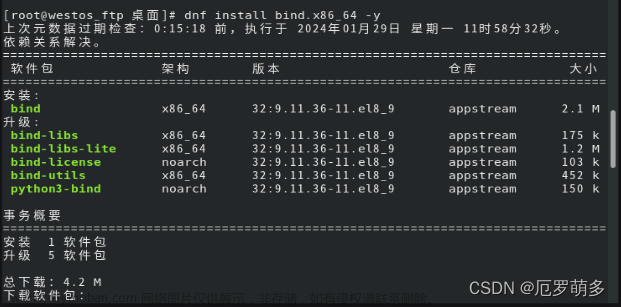以python + django + gunicorn + ubuntu20 为例
首先python环境用conda,查看虚拟环境的目录conda env list
找到python的路径
- 写一个启动服务器的脚本
start.sh
#!/bin/bash
source /home/ema/app/miniconda/bin/activate subsys # 替换为 conda 的实际路径
cd /home/xx/xx/subsystem # 切换到 项目配置目录,此目录下有 gunicorn的配置文件gunicorn_conf.py
gunicorn -c gunicorn_conf.py application.asgi:application #
- 写一个服务
sudo vim /etc/systemd/system/my-service.service
因为 Ubuntu的系统服务放在/etc/systemd/system这个目录下,创建的服务文件以service结尾
[Unit]
Description=subsystem App
After=network.target
[Service]
Type=simple
ExecStart=/bin/bash -c "/home/xx/xx/start.sh" # 启动脚本的位置名称
Restart=always # 保活
RestartSec=3 # 3s一重启
[Install]
WantedBy=multi-user.target
保存并关闭文件.
3. 重新加载服务配置文件
sudo systemctl daemon-reload
-
启用自启动服务
sudo systemctl enable my-service -
启动服务
sudo systemctl start my-service
- 现在,你的服务应该已经成功创建并启动了。如果你希望停止服务,可以使用以下命令:
sudo systemctl stop my-service
如果你希望查看服务的状态,可以使用以下命令:文章来源:https://www.toymoban.com/news/detail-818721.html
sudo systemctl status my-service
查看服务的启用状态文章来源地址https://www.toymoban.com/news/detail-818721.html
systemctl is-enabled 服务名
到了这里,关于在ubuntu操作系统上部署服务并自启保活的文章就介绍完了。如果您还想了解更多内容,请在右上角搜索TOY模板网以前的文章或继续浏览下面的相关文章,希望大家以后多多支持TOY模板网!











